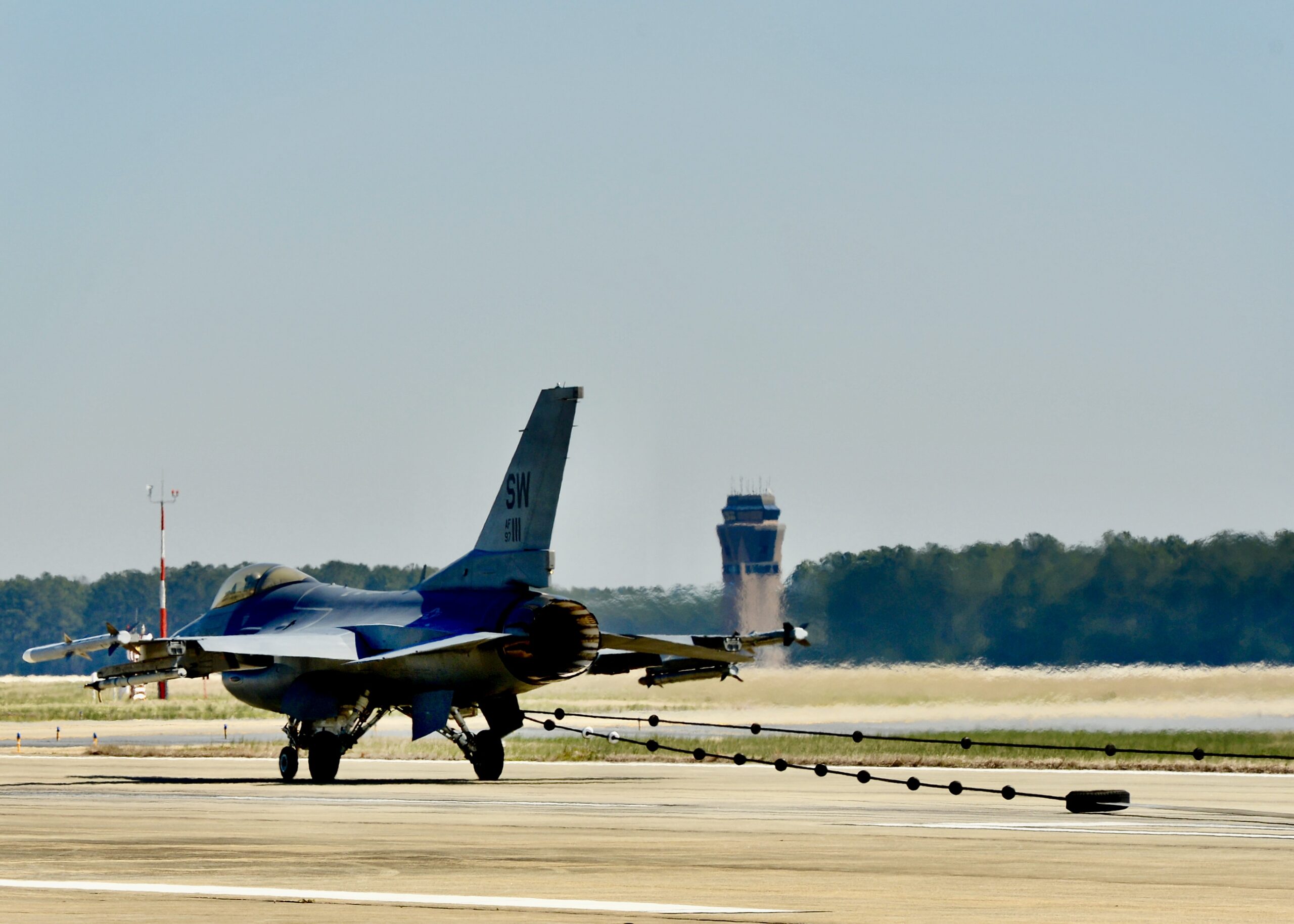Integrating Fire Alarm Control Panels with SCADA for Enhanced Safety
Integrating fire alarm control panels with SCADA systems offers a powerful strategy to boost overall

Aircraft arresting systems have played a significant role in aviation safety and operational efficiency, evolving alongside the demands of modern air travel. Early on, the idea of quickly stopping an aircraft on a limited runway was driven by military needs, especially for jets landing on aircraft carriers. Over time, advances in technology, materials, and control strategies shaped the arresting systems we know today.
In the beginning, simple mechanisms relied on basic cables or barriers to catch and slow an aircraft. As planes became faster and heavier, these systems required more sophisticated engineering to manage the immense kinetic energy involved. Designers introduced energy-absorbing devices, such as hydraulic or mechanical systems, to gradually decelerate the aircraft rather than relying on brute force. This innovation minimized the risk of abrupt stops, reducing stress on both the aircraft and the runway infrastructure.
Modern arresting systems now employ sensor networks, advanced materials, and specialized hydraulic systems. Sensors provide real-time monitoring of various parameters, such as tension on the arresting cable, aircraft speed, and runway conditions. By collecting and processing this data, the arresting system can make quick, informed adjustments to maintain safety and optimize performance. In many cases, operators also integrate these sensor feeds into centralized control software, offering a comprehensive overview of each landing event.
Reliability and safety are paramount for any aircraft arresting solution. As designs have become more complex, rigorous testing and validation are essential before systems enter service. Engineers examine performance under diverse conditions, simulating everything from extreme weather to potential component failures. Manufacturers and regulatory bodies also work closely to develop standards that guide installation, operation, and maintenance protocols. These guidelines ensure a consistent level of safety across different airfields and help operators identify potential issues before they become critical.
Scalability and adaptability have likewise guided the evolution of aircraft arresting. As airfields expand or upgrade to accommodate new aircraft types, arresting systems must accommodate varying sizes, weights, and landing speeds. Many of today’s solutions incorporate modular components that simplify upgrades and support future expansions. By focusing on adaptability, engineers reduce the risk of obsolescence and make it easier for airports and military bases to keep pace with evolving aviation technology.
Cybersecurity has emerged as another critical consideration. As arresting systems become more connected—often through remote monitoring or network-based diagnostics—they can be vulnerable to malicious interference. Developers now routinely implement encryption, authentication, and access control measures to protect these critical safety systems. They also perform regular security assessments to identify and address any emerging threats.
Aircraft arresting continues to evolve through ongoing research, innovative engineering, and close collaboration between manufacturers, operators, and regulatory bodies. These partnerships drive improvements in materials, energy management, real-time monitoring, and network security. In an era of increasingly fast and capable aircraft, the push for efficient and reliable arresting systems remains a top priority, ensuring safe landings whether on a sprawling commercial runway or a compact aircraft carrier deck.
Integrating fire alarm control panels with SCADA systems offers a powerful strategy to boost overall
Barrier Arresting Kits (BAK) are critical for preventing aircraft overruns during emergencies, providing an effective
Control engineering has come a long way over the past few decades, and new advancements